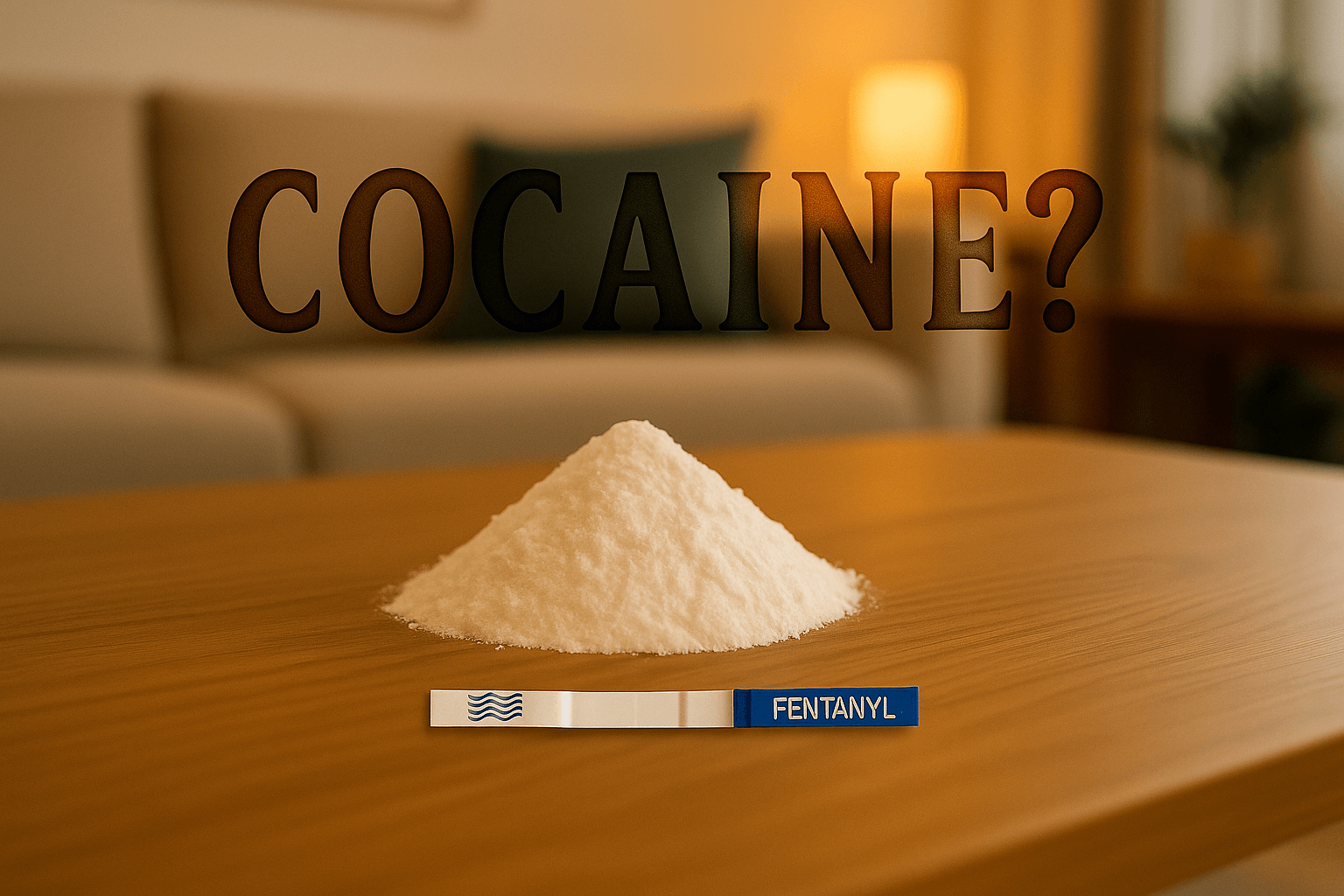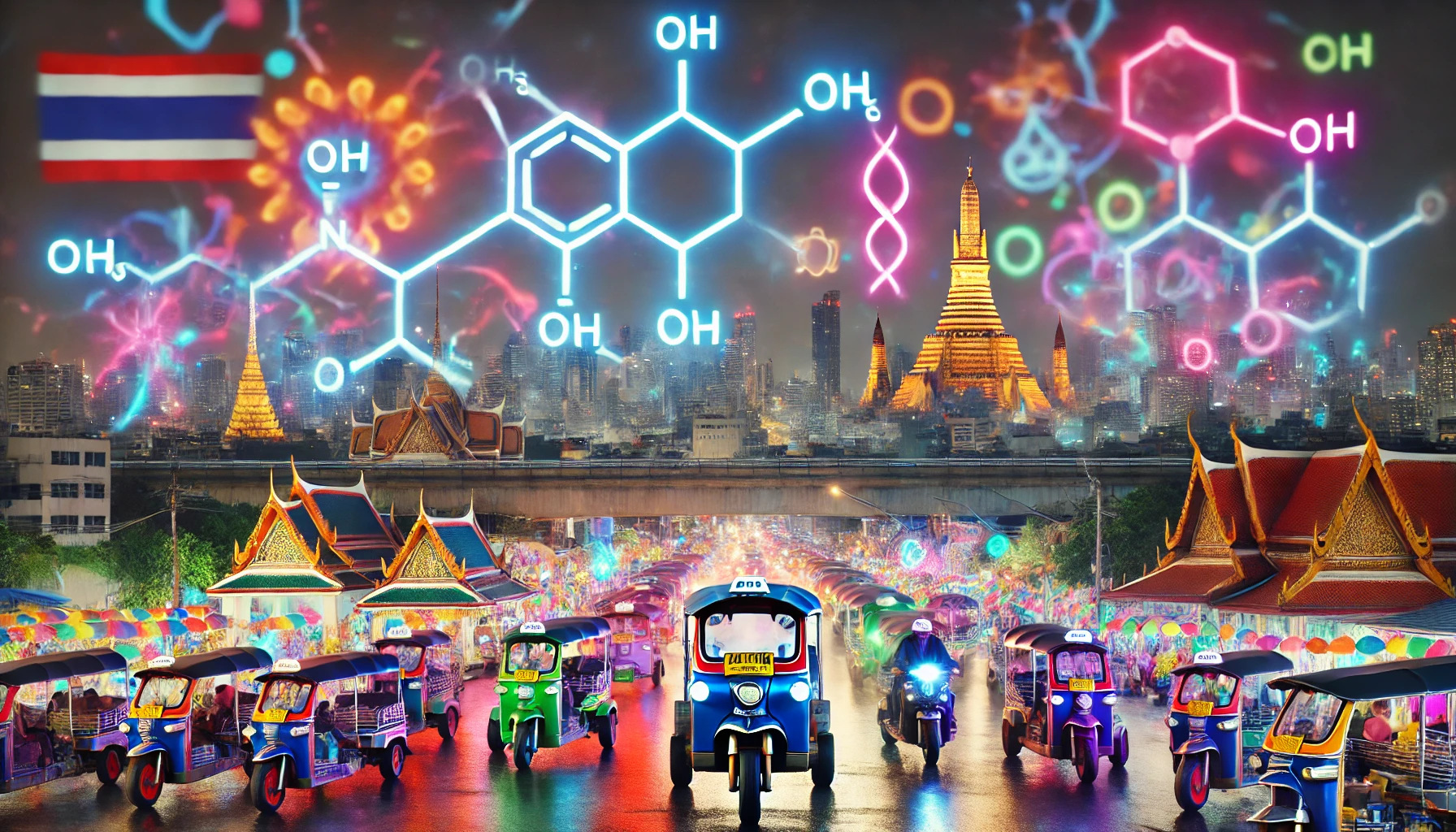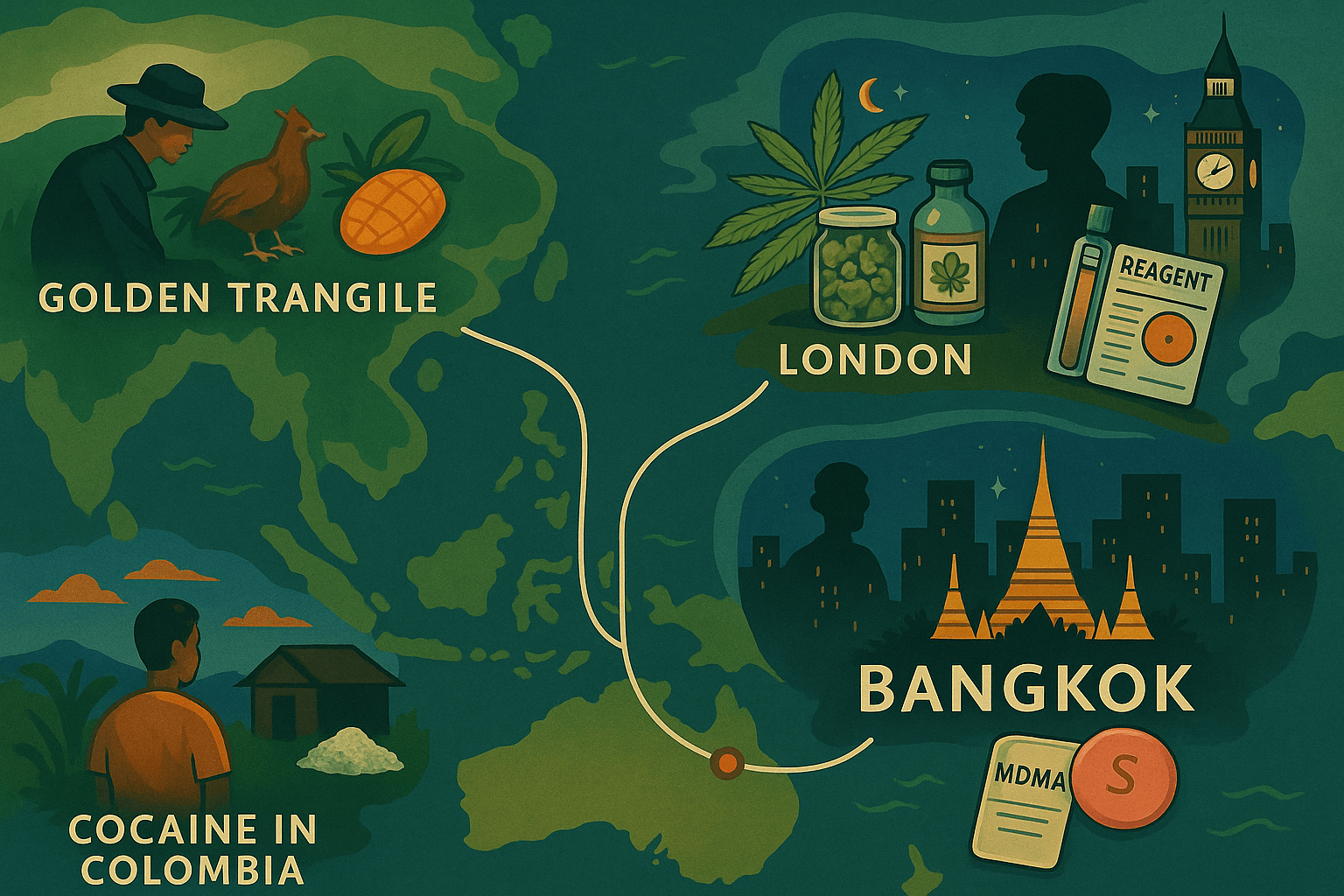Methamphetamine, commonly known as meth, yaba, or crystal meth, has a history as fascinating as it is troubling. Originally a medicinal breakthrough, meth evolved into a substance with global implications—impacting warfare, addiction, and underground economies. In Bangkok and across Southeast Asia, meth remains a significant concern, with its presence deeply entrenched in local and international drug markets. This guide dives into the origins of methamphetamine, its surprising early uses, and its journey to becoming one of the most notorious substances in the world.
The Origins: Ephedrine and Early Discoveries
Methamphetamine’s story begins in ancient China, where the Ephedra plant (ma huang) was used for centuries to treat ailments like asthma and congestion. In 1887, Japanese chemist Nagai Nagayoshi isolated ephedrine, the active compound in Ephedra. By 1919, another Japanese scientist, Akira Ogata, synthesized methamphetamine using ephedrine, marking the first production of crystalline meth.
Trivia for Bangkok Residents: Ephedra, meth’s precursor, is still used in traditional herbal medicine in parts of Southeast Asia.
The 1930s: A Medical Marvel
In the 1930s, pharmaceutical companies embraced methamphetamine. Marketed as Benzedrine inhalers in the U.S. and Philopon in Japan, the drug was prescribed for ailments like fatigue, nasal congestion, and depression. Meth was hailed as a productivity booster, with doctors and even students using it to enhance focus and energy.
World War II: Meth Goes Global
Meth’s global spread accelerated during World War II. The Axis and Allied powers distributed methamphetamine to soldiers, capitalizing on its ability to combat fatigue and suppress appetite during grueling campaigns.
- Germany: Nazi troops used Pervitin, nicknamed “tank chocolate,” to sustain long operations. Adolf Hitler himself reportedly received methamphetamine injections.
- Japan: Kamikaze pilots used Philopon to maintain focus and suppress fear during missions.
- Allies: American and British forces relied on Benzedrine inhalers for similar purposes.

Post-War Fallout: Japan’s Meth Epidemic
After World War II, surplus stocks of methamphetamine flooded Japan’s civilian market, sparking the first major methamphetamine addiction epidemic. By the 1950s, addiction levels soared, leading to Japan’s first anti-stimulant laws in 1951.
Bangkok Connection: Methamphetamine production and trafficking in Southeast Asia surged after the war, with Thailand becoming a transit hub for yaba pills in the decades that followed.
The Illicit Era: Meth Goes Underground
The 1960s saw methamphetamine enter the illicit drug trade. Motorcycle gangs in the U.S., like the Hells Angels, began producing meth in makeshift labs. By the 1980s, the simplified ephedrine method made production easier, fueling a meth boom in rural America.
Simultaneously, Southeast Asia became a major meth hub, with Thailand playing a key role in the rise of yaba (a mix of methamphetamine and caffeine). Yaba pills remain popular across Bangkok and neighboring countries.
The Meth Boom of the 1990s and Beyond
By the 1990s, methamphetamine use expanded worldwide. The Golden Triangle—where Thailand, Myanmar, and Laos converge—became a central production hub. Yaba pills flooded Thai markets, often sold with cartoonish branding to appeal to younger users.
Bangkok Fact: In 2023, Thai authorities seized over 1.2 billion methamphetamine pills across the region, highlighting the ongoing challenge of meth trafficking.
Modern Meth: A Global Crisis
Today, methamphetamine is a global issue, with users ranging from students seeking focus to laborers needing energy for grueling shifts. In Bangkok, methamphetamine—particularly yaba and “ice” (pure crystal meth)—remains prevalent.
Fascinating Fact: Thailand refers to crystal meth as “ice” because of its glass-like appearance, while yaba translates to “crazy medicine.”
Why Testing Matters in Bangkok
Bangkok’s nightlife and tourism culture increase the risk of encountering adulterated meth. Substances sold as “yaba” or “ice” may contain dangerous additives, including fentanyl or other synthetic compounds.
How to Test Methamphetamine
- Reagent Tests: Identify the presence of methamphetamine and common adulterants.
- Fentanyl Test Strips: Detect fentanyl contamination in powdered substances.
- Reliable Kits: Order test kits from Happy Test Shop for discreet and accurate testing in Bangkok.
A Few Fun and Strange Meth Facts
- Pervitin Chocolate: German soldiers in World War II combined meth with chocolate for an edible stimulant.
- Caffeine Connection: Yaba pills mix methamphetamine with caffeine for an amplified effect.
- Meth’s Pop Culture Fame: Shows like Breaking Bad brought methamphetamine into mainstream discussions, highlighting its dangers and chemistry.
Conclusion
Methamphetamine’s history is a tale of innovation gone awry, from its roots in ancient medicine to its role in global addiction and trafficking. In Bangkok, where meth remains a major concern, understanding its past helps contextualize its current risks.
Call to Action: If you’re in Bangkok, ensure safety first. Order methamphetamine testing kits from Happy Test Shop to protect yourself and stay informed. Understanding meth’s history can help us navigate its present dangers with clarity and caution.




